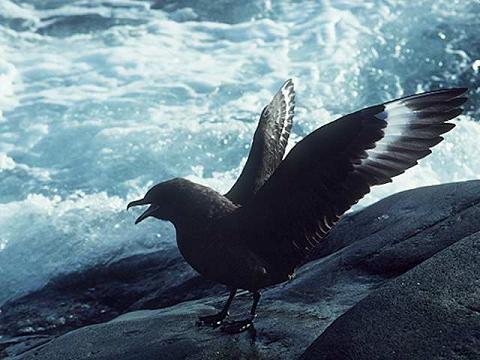
 |
|
|---|
|
ADAPTATIONS FOR MOVING ABOUTLegs and feet. Mammals, birds, insects, and many reptiles and amphibians have legs with feet that enable them to walk or run on land. Most amphibians, mammals, and reptiles walk on four legs. Birds and people walk on two. Insects have six legs, and spiders have eight. Millipedes may have up to 200 legs. Animals can crawl without legs and feet. Such tiny creatures as planarians and other flatworms slide by moving many small hairlike structures, called cilia, back and forth like miniature oars. Snails move by coating the ground with a sticky fluid from their bodies. They then crawl through the fluid using a muscular organ called a foot. Most snakes slide along the ground by bending their bodies from side to side. An earthworm crawls through the soil by alternately lengthening and shortening parts of its body. Many walking and crawling organisms live in water. Crabs and lobsters have legs that enable them to walk across the bottom of a body of water. Wings. Three groups of animals have the ability to fly under their own power: (1) insects, (2) bats, and (3) birds. Most insects have two pairs of wings. Muscles inside the thorax (middle section of an insect's body) move the wings up and down.  Bats are the only mammals with wings. Batwings are made up mostly of skin stretched over long finger bones. Muscles in the wings raise and lower them. Birds have powerful muscles attached to their wings and breastbone. Bird wings are covered with feathers, which also aid in flight. Some animals, including flying squirrels and flying lemurs, can glide but not fly. Such animals jump from trees or mountains. They have big feet or folds of skin that spread out to serve as "wings" for gliding. Fins, tails, and flippers. Many types of animals swim in fresh or salt water. Fish have well-developed tails and fins. Most fish swim by bending their powerful, muscular tail from side to side. Fins on the top, bottom, and sides of fish are used to maintain balance and to maneuver in tight areas. Dolphins, porpoises, and whales swim by moving their massive tails up and down rather than side to side. Turtles swim by paddling with their webbed feet or their flippers.
|
|
|---|